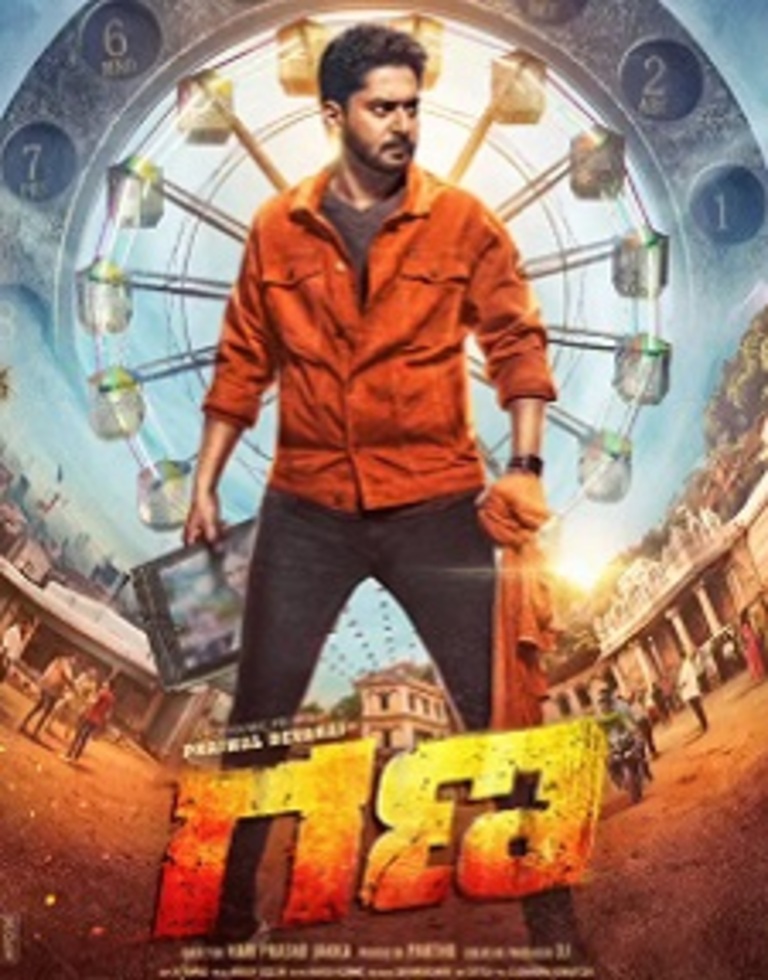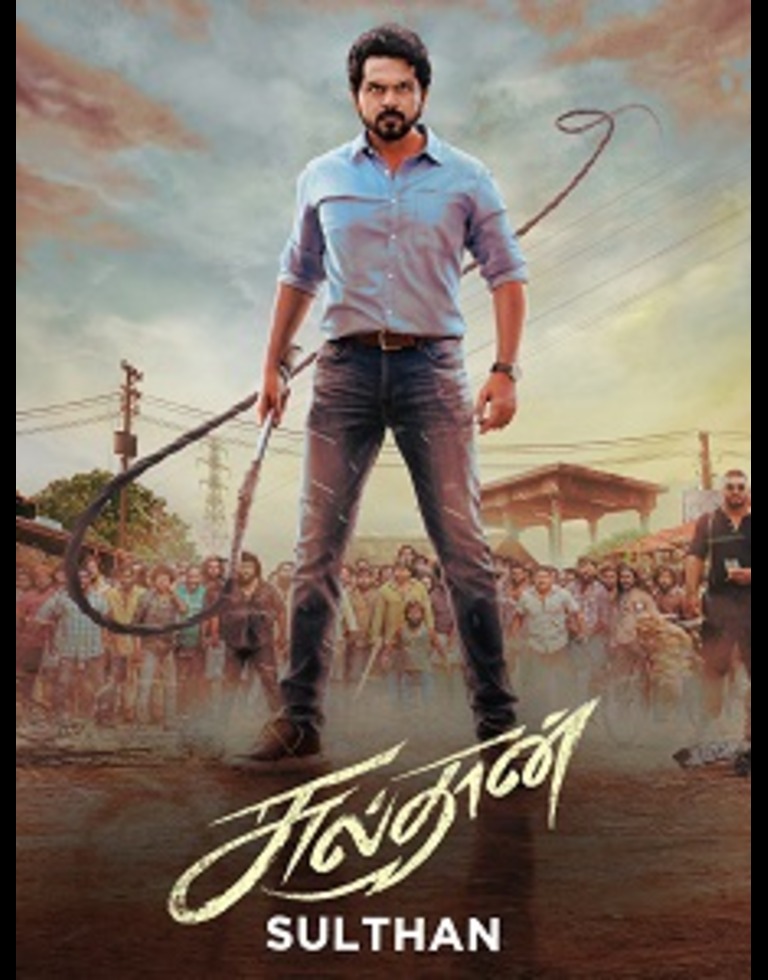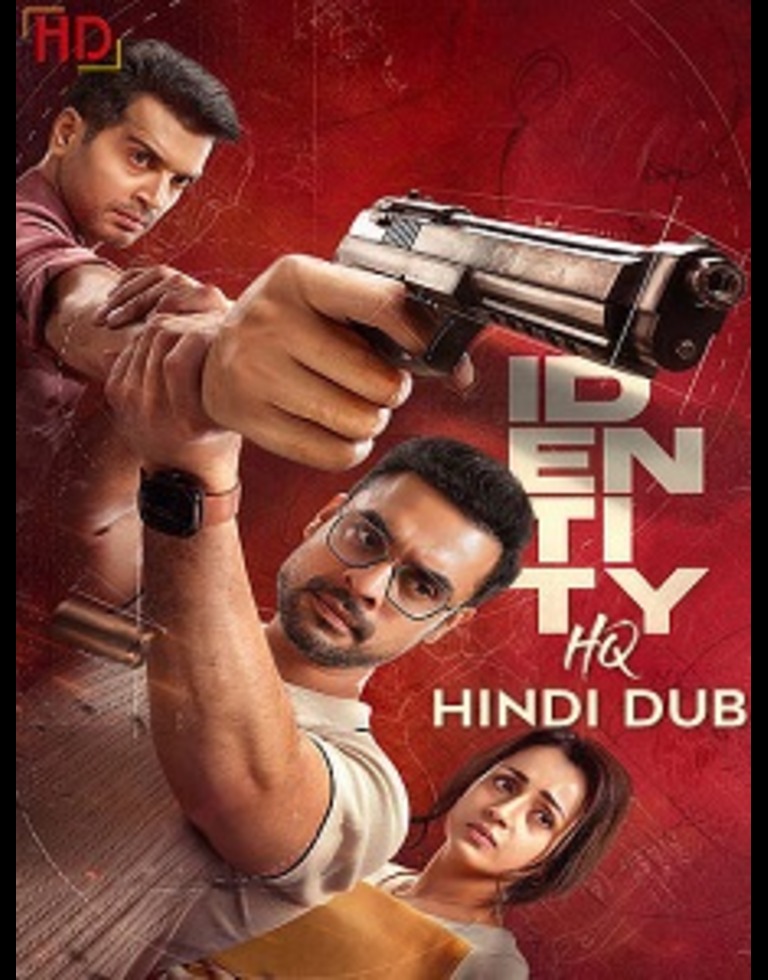

Gana is a stirring film about music, memory, and regeneration, charting the emotional journey of Arish Sharma (Abhishek Verma), a once-promising playback singer whose voice has deserted him amid personal turmoil. Directed by Nisha Patel, the film explores how art, love, and community can converge to rekindle a lost spark, creating a moving and melodic experience.
🧩 Premise & Plot
Arish Sharma, in his late twenties, is poised for musical stardom when tragedy hits: his younger sister’s fatal accident leaves him wracked with guilt, and in grief his voice fractures—a recurring throat problem doctors call psychosomatic. He abandons the city lights and returns to his ancestral village where his childhood friend Maya Rao (Alia Sharma), now a primary school teacher and community choir leader, helps him confront his pain.
Reluctant at first, Arish joins Maya’s local choir, teaching and learning alongside spirited village children. Here, amid folk melodies, sunrise rehearsals, and daily routines, Arish finds solace. But the healing path is riddled with setbacks—failed auditions, flashbacks of his sister, and resentment at being seen as the prodigal rather than a patient.
When a state-level music contest is announced—with a grand prize that includes a professional recording—Maya convinces Arish to lead the choir. Together they prepare a composition blending classical and folk traditions: the choir’s harmonious crescendos become fictional memory fragments that usher Arish toward reconciling his grief.
🎭 Performances
-
Abhishek Verma brings credibility and vulnerability to Arish. His early mien—cut-off, tense, self-focused—evolves gradually as he reawakens his musical passion. His physicality—slumped shoulders at first, growing straight—signals internal change. He doesn’t just sing; he listens, and that makes his final performance cathartic.
-
Alia Sharma shines as Maya. Warm, patient, and determined, she embodies empathetic mentorship without falling into cliché. When she confronts Arish—telling him “your voice deserves love, not blame”—her performance feels grounded and moving.
-
Child actors portraying choir members bring raw freshness. They stumble, laugh, cry during rehearsals; their goal isn’t showmanship, but honest participation, and that gives the narrative resonance.
-
Supporting cast such as Maya’s aging father, who hums lullabies from Arish’s childhood, and a retired classical vocalist who offers random guidance, add poignant small moments that enrich the village ecosystem.
🎬 Direction, Screenplay & Tone
Nisha Patel’s direction is gentle and soulful; she uses natural rhythms—morning light, damp earth, seasonal festivals—to mirror Arish’s internal pulses. The camera lingers on everyday moments: a child’s off-key humming, Arish plucking a stray note, villagers cheering politely during rehearsal. These seconds don’t stall the pace—they build emotional texture.
The screenplay, co-written with Ritu Malhotra, balances personal struggle with communal uplift. Dialogue is understated—few speeches, mostly observations: “Your voice returned because it meant something to someone,” Maya tells Arish. These lines feel earned. The structure is three-fold: initial retreat, rebuilding through village life, and the climactic contest that forces him to face his past directly—not just through the microphone, but through collective voices.
🔊 Music & Technicalities
Music is the soul of Gana—not as spectacle, but as therapy. Composers Rohan–Tanya have created tracks that are quietly moving: simple vocal harmonies, plaintive flute refrains, and peppy folk interludes. Standout sequences include an impromptu night-sing around a bonfire and the choir’s contest performance, where solos and harmonies rip through village gates and into Arish’s posture.
Cinematography by Preeti Rao captures lush landscapes—morning mist, mango trees, earthen walls. The camera frames singing faces in soft-focus, mixing close-up emotional detail with wide shots of communal practice. Editing is clean; runtime hovers around two hours, with no excess or forced drama.
The film deliberately avoids flashy montages—there’s no sudden audition montage or cinematic collapse. Emphasis is on moments: a rehearsal interrupted by rain, a duet between Arish and Maya that ends in far-off laughter. These small beats are cumulative, delivering emotional impact.
⚖️ Strengths & Weaknesses
Strengths:
-
Emotional realism: Arish’s grief, Maya’s support, and the communal warmth feel lived, not constructed.
-
Performances: Verma and Sharma build trust onscreen, while the children provide stirring authenticity.
-
Musical heart: Song sequences blend with narrative—music becomes therapy, inspiration, and celebration.
-
Visual poetry: Eco-rich village settings and seasonal shifts offer visual rhythm.
Weaknesses:
-
Familiar beats: The singer-heals-through-community arc feels comforting, though lightly derivative.
-
Contest climax predictability: The final competition delivers expected emotional steps—a nervous solo, big applause, flash of tears.
-
Secondary characters: Limited backstories for Maya’s father or the retired singer; they serve purpose but remain peripheral.
🎯 Final Verdict
Gana (2025) is a quietly moving film about healing, love, and the transformative power of shared song. Without grandeur, it builds emotional connection through small truths and honest performances. It’s not a musical spectacle—but its measured tempo and community warmth linger long after the credits roll.
If you appreciate music rooted in human connection, unforced storytelling, and hopeful drama without high melodrama, Gana offers a thoughtful, heartfelt melody.



